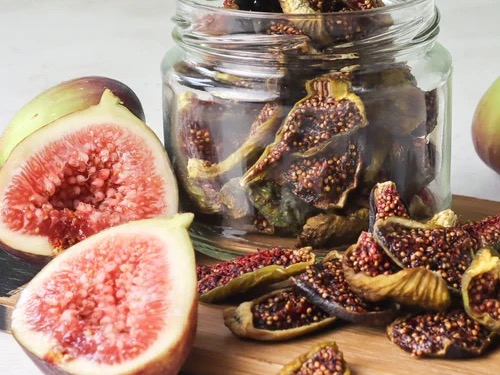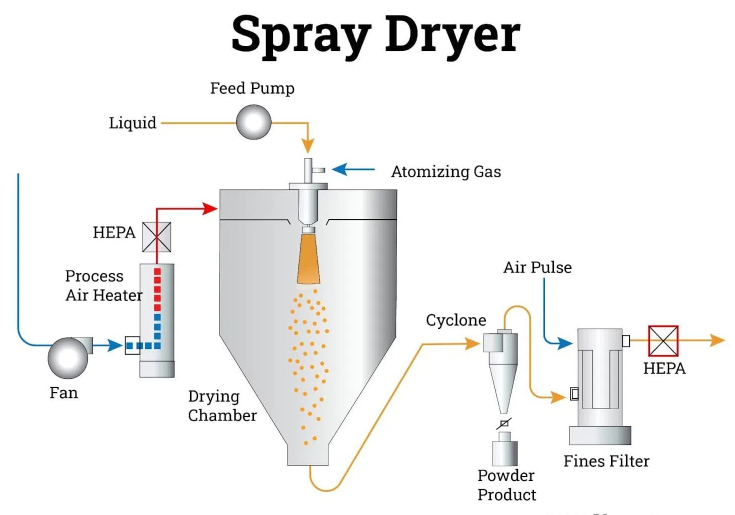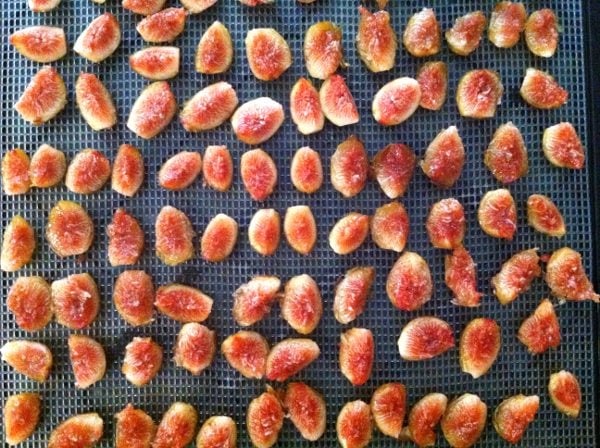As a leading Chinese manufacturer of food drying machines, we specialize in providing OEM services to international brands, wholesalers, and producers. In this article, we will delve into the role of negative pressure in penetration type dryers, a technology that has revolutionized the food drying industry with its efficiency and versatility.

Introduction to Penetration Type Dryers
Penetration type dryers are designed to handle a wide range of capacities, from 300 to 10 tons, making them suitable for both small-scale and large-scale food drying operations. These machines utilize a patented half-vacuum air duct design, ensuring even drying even when products are stacked together. This design is particularly energy-efficient, using only about 25% of the electricity required by traditional dryers.
Key Features of Penetration Type Dryers:
1. Energy Efficiency: They significantly reduce operational costs by using less electricity.
2. Temperature Control: Adjustable temperature settings from 18°C to 80°C support hot drying, cool drying, and dehumidification functions.
3. Product Versatility: Suitable for drying nuts, spices, seeds, coffee beans, and more.
The Role of Negative Pressure
Negative pressure plays a crucial role in enhancing the efficiency of penetration type dryers. By creating a half-vacuum environment, these machines ensure that heated air penetrates evenly through stacked products, removing moisture consistently across all layers. This not only enhances drying efficiency but also reduces energy consumption significantly.
Benefits of Negative Pressure in Penetration Type Dryers
1. Energy Efficiency: The use of negative pressure allows for more efficient heat transfer, reducing the energy required for drying.
2. Uniform Drying: Ensures consistent drying across all layers of stacked products, improving product quality.
3. Flexibility: Adjustable temperature and humidity control features allow for different drying conditions suitable for various products.
Comparison with Traditional Drying Methods
| Feature | Traditional Drying | Penetration Type Drying |
| Energy Efficiency | Lower | Higher |
| Uniformity | Variable | Consistent |
| Temperature Control | Limited | Adjustable |
| Space Efficiency | Lower | Higher |
Applications of Penetration Type Dryers
Penetration type dryers are widely used in the food industry for drying various products such as nuts, spices, seeds, coffee beans, and cocoa beans. Their adjustable temperature settings and energy efficiency make them ideal for preserving the flavor and aroma of these products.
Advanced Features and Customization
1. Smart Control Systems: Modern penetration type dryers often come equipped with advanced control systems that allow for real-time monitoring and adjustment of drying conditions.
2. Customizable Drying Cycles: Users can program specific drying cycles tailored to the unique requirements of different products, ensuring optimal drying results.

Future Developments and Trends
As technology advances, we are seeing more innovative methods of drying that focus on minimizing heat application and improving energy efficiency. Emerging trends include non-traditional methods like freeze-drying and vacuum drying, as well as incorporating sustainable practices to reduce environmental impact.
Maintenance and Operational Efficiency
To ensure optimal performance, it's crucial to follow the technical specifications and maintenance guidelines for penetration type dryers. Regular cleaning of the air ducts and checking for any blockages in the system are essential to maintain efficiency.
Environmental Impact and Sustainability
Penetration type dryers contribute significantly to environmental sustainability by reducing energy consumption and lowering carbon emissions. This aligns with global efforts to reduce greenhouse gas emissions and promote sustainable practices in the food industry.
Case Studies: Successful Applications
Several companies have successfully integrated penetration type dryers into their operations, achieving significant reductions in energy costs and improvements in product quality. For example, a leading coffee bean processor reported a 30% increase in production efficiency after switching to penetration type dryers.
Conclusion
Penetration type dryers, with their innovative use of negative pressure, have become a cornerstone in the food drying industry. Their energy efficiency, versatility, and ability to ensure uniform drying make them an attractive option for industrial-scale food processing. As the demand for high-quality dried foods continues to grow, the science behind penetration type drying will play a crucial role in shaping the future of the food industry.

Frequently Asked Questions
1. What is the typical capacity of penetration type dryer machines?
Penetration type dryer machines are designed to handle capacities ranging from 300 to 10 tons, making them suitable for both small-scale and large-scale food drying operations.
2. How energy-efficient are penetration type dryers compared to traditional dryers?
Penetration type dryers use only about 25% of the electricity required by traditional dryers, making them highly energy-efficient and cost-effective.
3. What types of food products are suitable for penetration type dryers?
These machines are ideal for drying nuts, spices, seeds, beans, coffee beans, and other similar products that can be stacked together.
4. Can penetration type dryers be customized for specific drying needs?
Yes, penetration type dryers offer adjustable temperature and humidity control features, allowing them to be customized for different drying conditions suitable for various products.
5. How do penetration type dryers contribute to environmental sustainability?
By reducing energy consumption significantly, penetration type dryers contribute to environmental sustainability by lowering carbon footprints and aligning with global efforts to reduce greenhouse gas emissions.
Citations:
[1] https://eureka.patsnap.com/patent-CN108413735A
[2] https://www.dryeratech.com/the-science-behind-penetration-type-drying-technology.html
[3] https://www.aimheatpump.com/pages-26876
[4] https://patents.google.com/patent/CN110207480A/zh
[5] https://www.dryeratech.com/key-features-of-penetration-type-dryer-machines-explained.html
[6] https://www.aimheatpump.com/products-78591
[7] https://www.thermopedia.com/content/710/
[8] https://patents.google.com/patent/CN112481977B/zh
[9] https://patents.google.com/patent/CN104958059A/en











